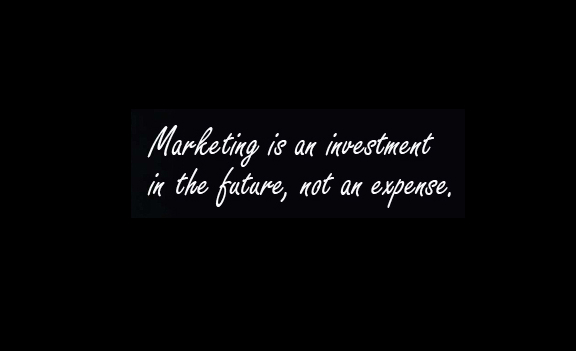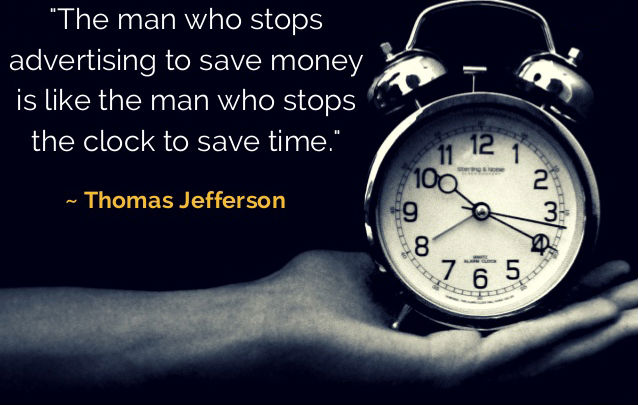Some startups launch quickly but run out of gas early while others get off to a slow but sustainable start. Is it possible to combine the best of both launches for fast and sustainable results? Recent startups like TripADeal, Australian Skin Clinics and TOBCO Constructions here in Australia prove its quite possible to achieve three-figure growth quickly and sustain it year over year. Let’s look at how these companies did it, so you can apply these marketing tips for startups to your business.
1. Find your Customers, and Market with Them in Mind
Have you found a niche you’re trying to fill? “Everybody” is not an easy niche to break into even if you’ve got massive financial backing for aggressive production, marketing and sales pushes. Instead, determine the demographics that are most likely to want what you offer, then tailor everything to them from the colors you use in packaging to the style of ads or corporate gifts you employ to attract positive attention. Stay focused on your primary market until you get traction with it…and then build a huge following within it before you even think about expanding the focus. Broadening the target too quickly is a classic mistake of fast starters that fizzle quickly.
2. Build Mutually Beneficial Partnerships
Part of the entrepreneurial spirit is the willingness to go it alone, to believe in the dream when nobody else does. However, as Web Smith, now Director of e-commerce for Gear Patrol says, “While that spirit of adventure has launched many entrepreneurs, the greatest — and most sustainable — startup success stories tend to be tales of partnerships.” Smith suggests choosing partners with the same values, mission, style and target audience, and then mutually supporting and promoting one another’s online and offline efforts.
3. Brand to Be Remembered Positively
Mundane branding doesn’t spark anything in people’s brains, so don’t be dull. Choose branding logos, overall design, color schemes and visuals, motto’s and jingles with the creativity and uniqueness to stand out from the crowd. John Guidos of Chicago’s experiential marketing agency ICE Factor recommends branding that is memorable, creative, appealing to the five senses, cost-effective, quirky without seeming forced and enthusiastic yet professional. Summing up the approach, Guidos says, “The ultimate goal of experiential marketing is for the consumer to remember the experience and discuss it with others after the campaign. More importantly, the consumer should recognize the brand and how it applies to their world.”

4. Use Corporate and Promotional Gifts Effectively and Effusively
One way to brand to be remembered is to have a large supply of gifts on hand that appeal to your demographics and fit the style you’re creating and then to give them out enthusiastically. Entrepreneurs know they should always be marketing, and giving away useful promotional products like these is a fabulous way to get noticed and convert recipients into customers.
5. Give Back
People support businesses that make a difference. Find both local and online ways to give back that fit your company and will resonate with your target audience.
6. Get Noticed Locally
Let your local news outlets know about your company and how you are giving back to make a difference. They’re always looking for feel-good stories to counteract the daily dose of bad news to be reported. Toss in a few of your best promo gifts, and you’ll probably receive free and positive attention.
7. Market and Sell Online and Offline
We know offline businesses must have a relevant online presence, but If you’re primarily an online business, is there anything offline you can do to boost sales? When you go huge, you can open stores like Amazon is doing, but short of that, what are your options? Send customers samples to try. Australian companies like GoHaus (timber flooring) and Sephora (makeup) do this as a side promotion. Warby Parker, the $1.2billion eyewear store, sends samples to customers to try on as its main way to do business.
Slow Down for a Faster Start
When talking about startups getting a fast and sustainable start, we’re addressing the period after launch. The preparation phase must be slow and deliberate, a period in which you tailor these proven marketing strategies to your business. If that takes you six to twelve months longer than you’d like, keep your spirits up with the realization your company will get a healthier start with them and be far more likely to succeed as you hope it will. Be patient, get your ducks in a row with painstaking detail, and your launch trajectory will be higher and stronger for your efforts.

